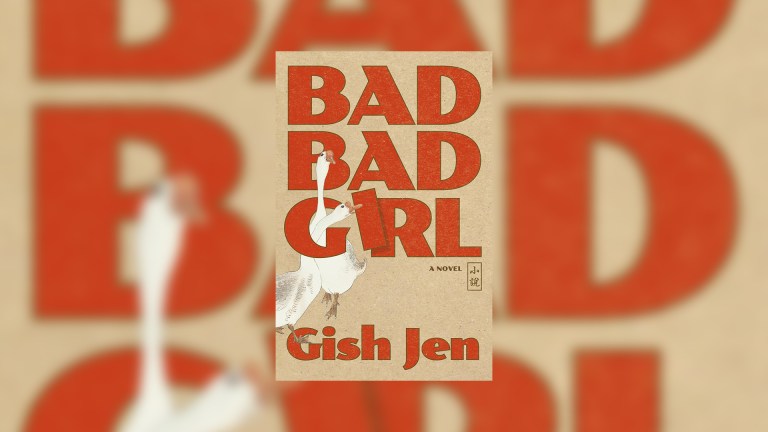A fossil is just an echo. Reaching out to us from the past, the further in time it’s travelled, the weaker the tale it tells. Luckily, some of the most fascinating stories come from fossils of animals that have only just gone. In geological time, we just missed them. The mammoth and the woolly rhino. The sabretooth cat and the Irish elk. The cave lion and the cave bear. All these species disappeared along with the closing of the ice age, the Pleistocene epoch, around 11,700 years ago.
Today, we are all eyewitnesses to the sixth mass extinction: a loud scream that will resonate into the future to tell any survivors how lightly we valued our planet. Some people think that the sixth extinction only started with the silent springs of the 20th century. The loss of species like the huia, the thylacine and the passenger pigeon can seem anomalous, exceptional even. Nothing could be further from the truth.
I often think on the fate of the gentle Steller’s sea cow. A giant (up to 10 tonnes and nine metres long) relative of dugongs and manatees, its last refuge was the frigid Pacific water of the Commander Islands, east of Kamchatka. Here, in 1741, shipwrecked Russian sailors discovered it. One of their number was a trained naturalist, Georg Steller, who while surrounded by scurvy and starvation took copious notes on the sea cow that would later bear his name. The animal was their saviour. Naïve to the threat of humans, it could be approached without fear, dragged to shore with ropes and flensed alive.
Steller pathetically relates how in the monogamous pairs the males would stay by the bodies of their butchered mates for days. His journals are full of gastronomic notes on the taste of the seacow; blubber that had a pleasant hint of almonds and could be eaten raw, meat that was comparable to the finest veal. The inoffensive beast, taken at leisure, gave the crew the means to survive a vicious winter. They made it back to Moscow and triggered a stampede of whalers and fur-hunters anxious to exploit the fauna of the Commander Islands. By 1768 no seacows were left alive. Twenty-seven years of contact with humans was sufficient for their total eradication.
Extinction is ever present. Since modern humans first left Africa 60,000 years ago, extinction has been our constant travelling companion. If our species has left a legacy for the future, it is this.
There are more than a million mammoths still lying buried in the permafrost
Homo sapiens first arrived in Europe about 40,000 years ago at the height of the ice age, and encountered a wild Eden filled with giant mammals. The mammoth fauna were at home even in Britain. Back then our island was just a peninsula. The North Sea didn’t exist. So much water was locked up in giant ice sheets over Scotland and Scandinavia that sea level was dozens of metres lower than it is today. Fishermen trawling the Dogger Bank sometimes catch mammoth tusks and other ice age relics (including Neanderthal bones), scooped from the sea floor where they have lain for millennia.









